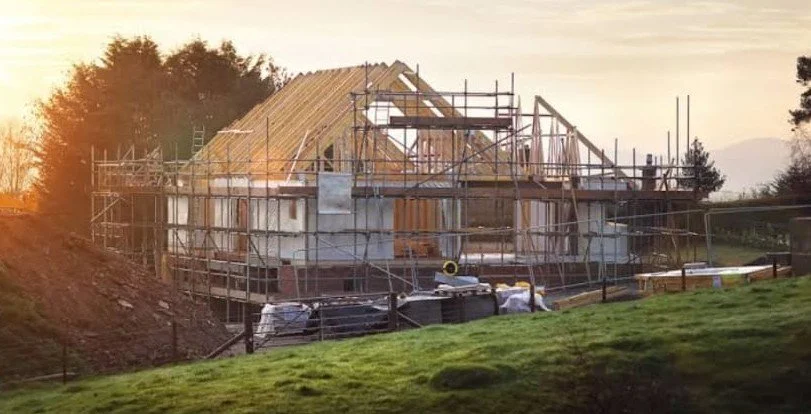How to Navigate Extending a Home on Green Belt Land
Extending a property on Green Belt land in the UK is a nuanced and often challenging endeavour. With evolving planning policies and heightened scrutiny over land use, homeowners must navigate a complex regulatory framework to secure approval. This guide outlines the latest developments, key terminology, and strategic considerations for extending a home on Green Belt land in 2025.
What Is Green Belt Land?
Green Belt land is designated to prevent urban sprawl, safeguard the countryside, and preserve the character of historic towns. Governed by the National Planning Policy Framework (NPPF), it covers approximately 12.6% of England, equating to 1.64 million hectares. The South East holds the largest share, with 305,280 hectares, followed by the West Midlands with 264,500 hectares.
The five core purposes of Green Belt designation are:
To check the unrestricted sprawl of large built-up areas.
To prevent neighbouring towns from merging.
To assist in safeguarding the countryside from encroachment.
To preserve the setting and special character of historic towns.
To assist in urban regeneration by encouraging the recycling of derelict and other urban land.
Recent Policy Updates: The Rise of the Grey Belt
In December 2024, the NPPF introduced the concept of the Grey Belt—land within the Green Belt that does not strongly contribute to its core purposes. This includes previously developed land or sites with limited strategic value. Grey Belt land is now prioritised for development before other Green Belt areas, provided it meets sustainability and housing need criteria.
Key criteria for Grey Belt development:
The site must be in a sustainable location.
It must address demonstrable unmet housing needs.
It must not undermine the remaining Green Belt’s integrity.
It must comply with the "Golden Rules"—including 50% affordable housing provision, infrastructure improvements, and enhancement of public green spaces.
Can You Build or Extend on Green Belt Land?
While development is generally restricted, the NPPF allows:
Extensions or alterations to existing buildings, if not disproportionate.
Replacement buildings, provided they are not materially larger.
Limited infilling in villages or brownfield sites.
Agricultural or forestry buildings.
Re-use of permanent, substantial buildings.
Planning permission is still required, and proposals are assessed on their impact on the openness and purpose of the Green Belt.
What Counts as a "Disproportionate" Extension?
Most local authorities define disproportionate extensions as those increasing the original building’s volume or floor area by more than 30–50%. However, this varies regionally, and some councils now consider design, massing, and visual impact alongside numerical thresholds.
Do You Need Planning Permission?
Yes. Permitted development rights are often restricted or removed on Green Belt land. This means:
Full planning permission is typically required for any extension.
Even minor additions like garden rooms or loft conversions may face tighter controls.
Pre-application advice from your local planning authority is strongly recommended.
Strategies to Improve Your Chances of Approval
Engage a Planning Consultant: With the introduction of Grey Belt and evolving NPPF criteria, expert guidance is essential.
Design with Sensitivity: Low-profile, well-integrated extensions using matching materials are more likely to gain approval.
Leverage Existing Structures: Extensions to or replacements of existing buildings are viewed more favourably than new standalone developments.
Demonstrate Compliance with Golden Rules: If your site qualifies as Grey Belt, ensure your proposal meets the affordable housing and infrastructure criteria

